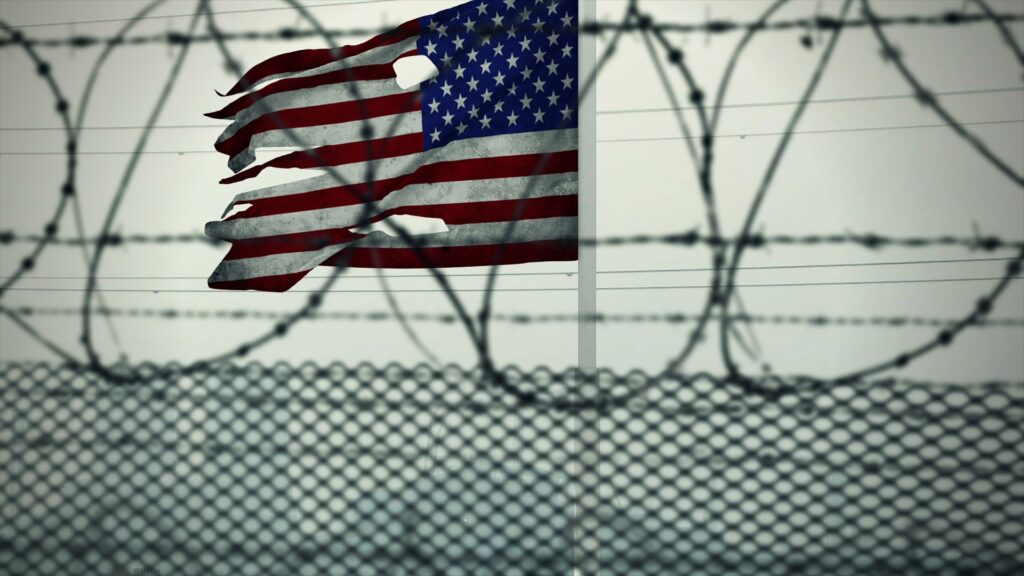The political climate of 2020 has emboldened Americans to question several shortcomings of the country’s capitalist model. The COVID-19 pandemic, the Black Lives Matter Movement and the U.S. Presidential Election have highlighted the dire need for institutional reform. And amid the heightened focus on racial tension in the United States, one system in particular is in need of reform: the prison system.
Though the American prison system is drastically complex and the issue has many facets, there is one area in which incarceration practices need to be reformed: inmate employment practices. This piece approaches the issue from a comparative perspective, contrasting current practices in the United States with those of America’s transatlantic allies: the Nordic countries.
Unlike progressive Nordic democracies, in the United States, prisons and capitalism share a uniquely parasitic relationship. America’s aggressive brand of capitalism demands that every trade and industry result in a profit. Prisons are no exception. American prisons sacrifice inmate rehabilitation to earn a profit on individual punishment. Flawed ownership models lead to rehabilitation failures and leave incarcerated individuals ill-equipped to reintegrate into society after completing their sentencing. American prisons fall into one of two categories: privately and publicly-owned prisons.
Although prisons in Nordic countries like Finland and Norway are all publicly-owned, two structural variations contribute to successful inmate rehabilitation. Most incarcerated people spend the majority of their sentencing in closed prisons. However, as an inmate’s release date approaches, they are then transferred to an open prison.
From the outside, open prisons look very similar to ordinary life. Inmates are allowed to wear their own clothes, hold employment located outside the prison grounds, and have greater freedom of movement. However, prisoners must continue to adhere to security measures and return to the prison at the end of every day. Despite maintaining restrictions on inmate freedom, open prisons shorten the physical and social distance between incarcerated individuals and the outside world. This model benefits society as well as individual prisoners because it prepares inmates to hold employment upon release. Having a job allows current and former inmates to provide for themselves and positively contribute to their communities. The idea behind open prisons is simple enough: prisons act as places of punishment, not places for punishment.
Open prisons act as a “final step” in the lifecycle of an inmate. They allow inmates to transition more seamlessly back into the real world prior to release. However, open prisons do not work for every inmate’s rehabilitation, and some cases require more structured models.
By contrast, closed prisons in the United States lack this sort of flexible rehabilitation that allows inmates to avoid recidivism. Although American inmates can work under certain conditions, employment looks more like forced labor than an opportunity for skill development and growth. In 1934, President Franklin Delano Roosevelt issued Executive Order 6917, establishing the Federal Prison Industries, enabling inmate employment. Today, the Federal Prison Industries still exists under the more inconspicuous name, UNICOR. Private companies like Walmart, Victoria Secret, and Oriental Trading contract out jobs to UNICOR. In exchange for contracted jobs, incarcerated individuals produce goods for next to pennies. The issue here is not the employment of incarcerated people but instead how prisons exploit this employment for their own capital gains.
Although there is very little data concerning incarcerated laborers, a few statistics stand out. The average incarcerated person makes between $1-3 dollars per hour at any given job. In contrast, UNICOR, which employs over 17,000 incarcerated workers, made over $500 million in revenue in 2016. We must scrutinize the conditions and motivations for such employment more heavily. After all, studies show that steady employment gives one’s life a sense of purpose. What exactly does it say about the American prison system that the government exploits the very people they are supposed to rehabilitate? By prioritizing profit over rehabilitation, the American prison system irreparably damages an incarcerated person’s ability to reintegrate into society and avoid recidivism successfully.
It must be noted, however, that change did not occur in Nordic prisons overnight. However, in Nordic countries a period of penal liberalization in the 1960s and 1970s spurred widespread prison research that ultimately resulted in the open prison model that exists today. Increased prison scholarship proved critical to prison reforms during these two decades. Scholars like Norwegian criminologist Nils Christie contributed to research-backed reforms that transformed the very mission of Nordic prisons.
Rather than profiting off of inmate punishment, Norway and Finland reoriented their prisons to focus on preparing inmates to reenter society through the widespread use of an “open prison model.” Perhaps the first step to reforming American prisons is more extensive research into the impacts of employment conditions and rehabilitation opportunities within private and public prisons.
For the longest time, the idea of a more open prison system in the United States was unthinkable. After all, many Americans pride themselves on the country being “tough on crime.” However, the current prison system in America fails to rehabilitate incarcerated individuals properly, and it also allows the widespread exploitation of inmate labor for private profit.
The United States must seize 2020’s reform-minded environment to incorporate aspects of the Nordic open prison model into the American prison system.







